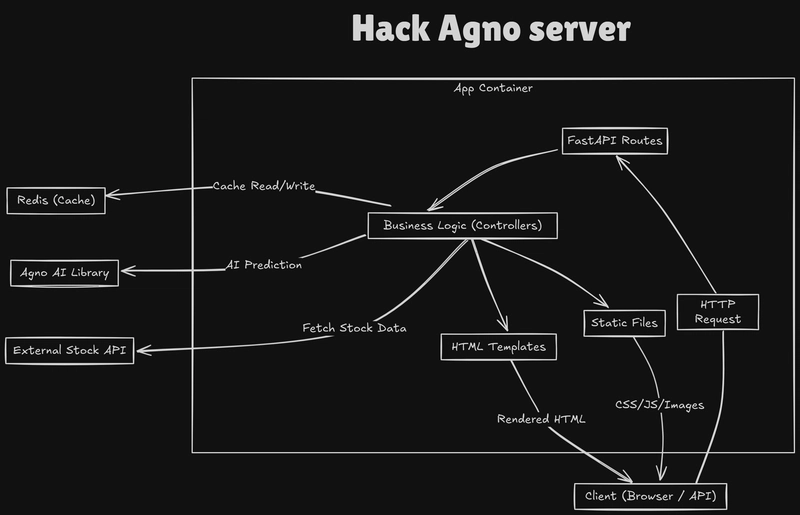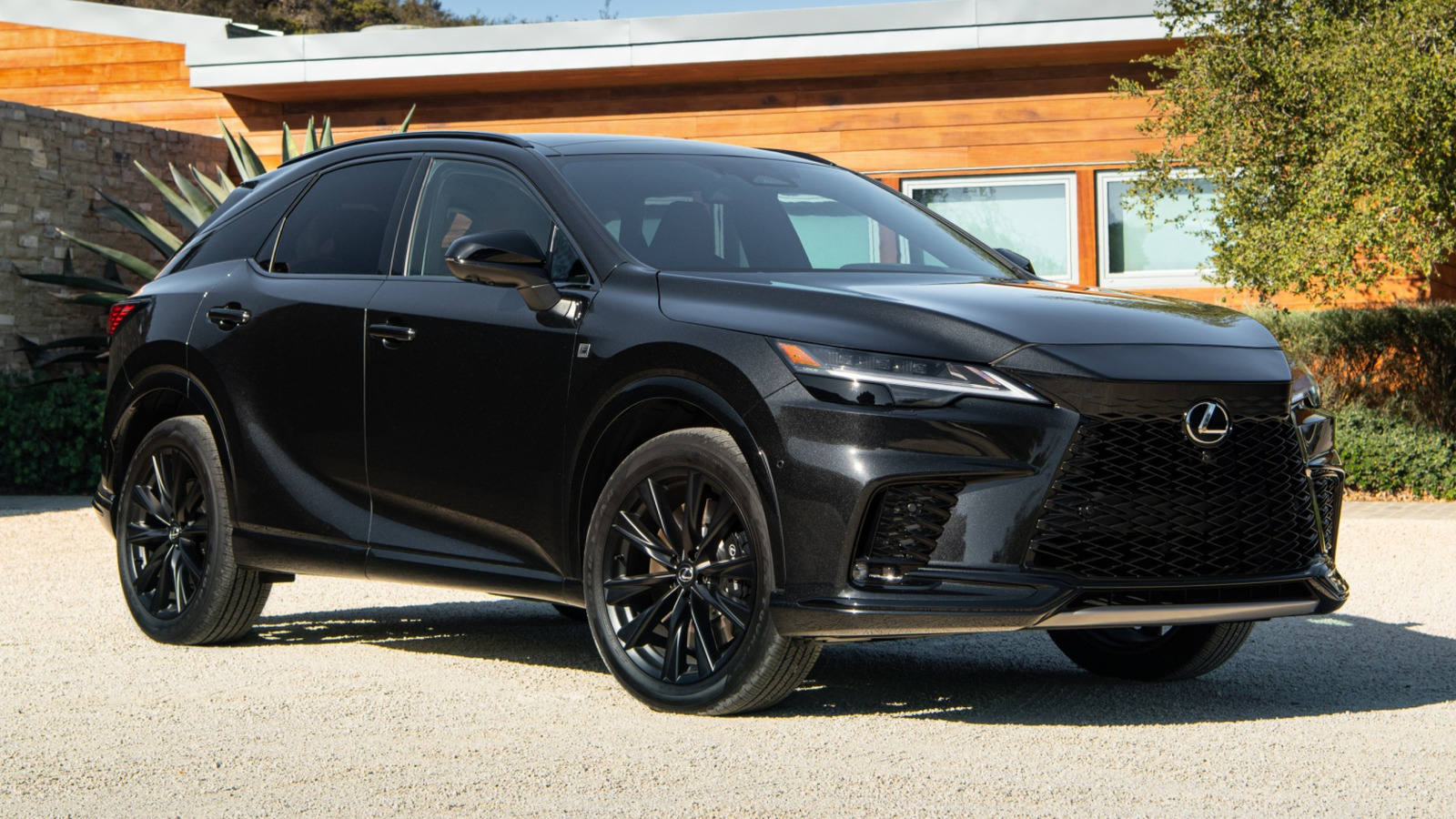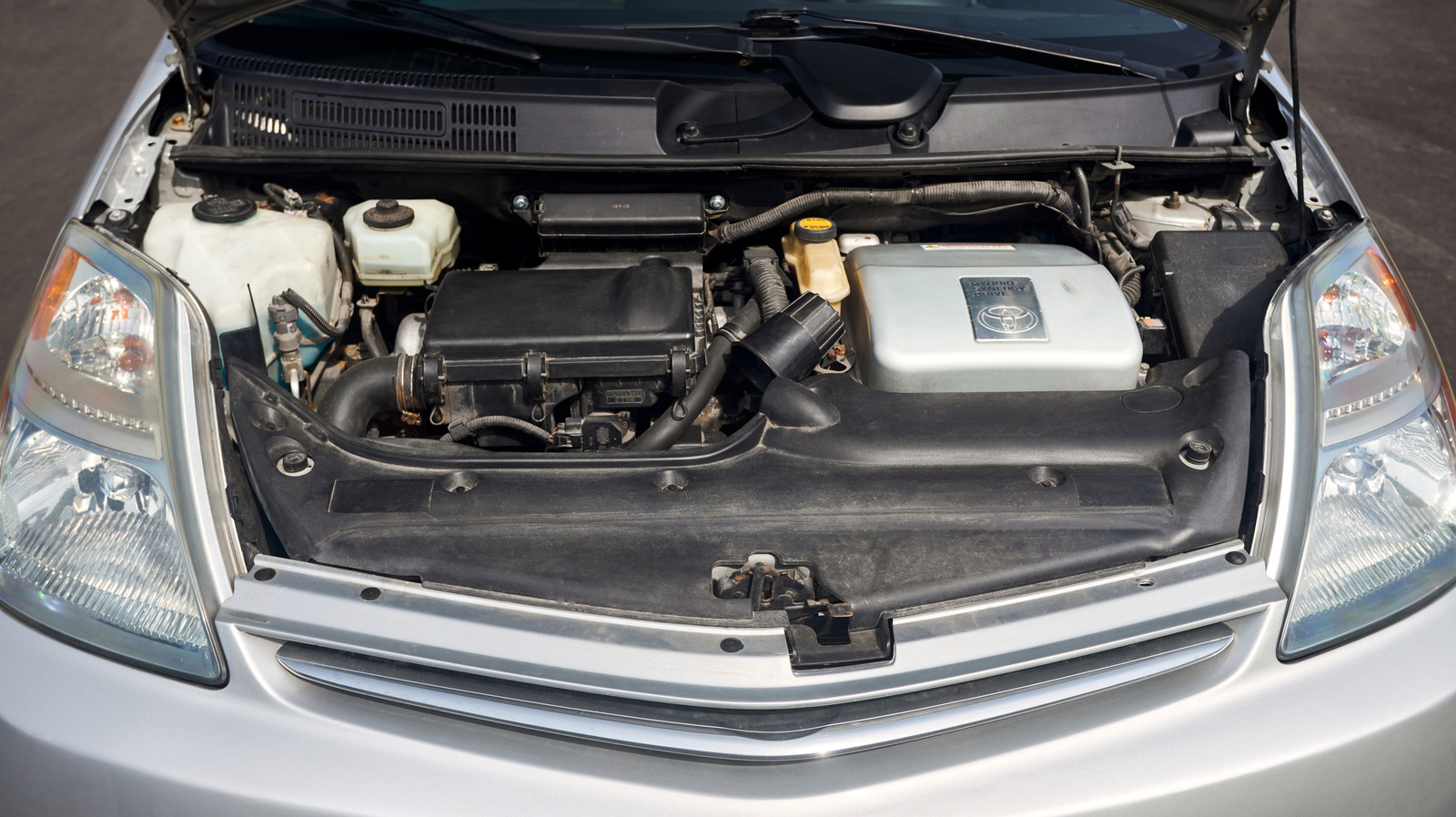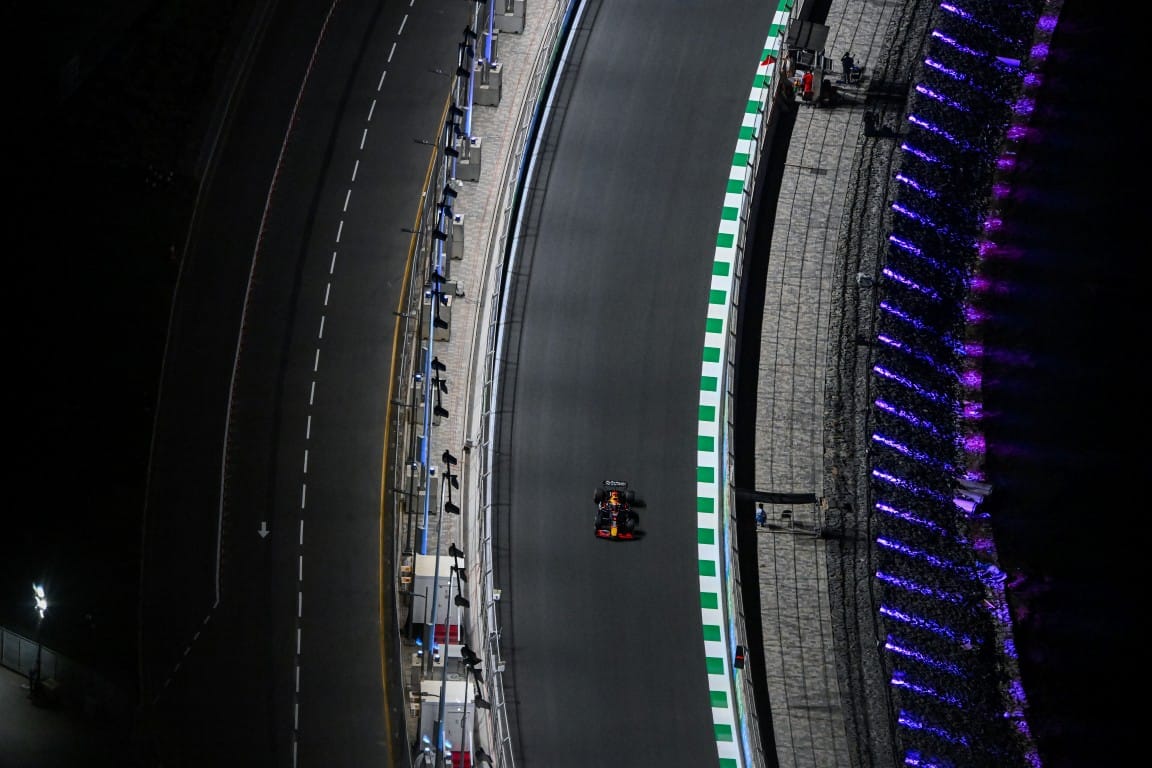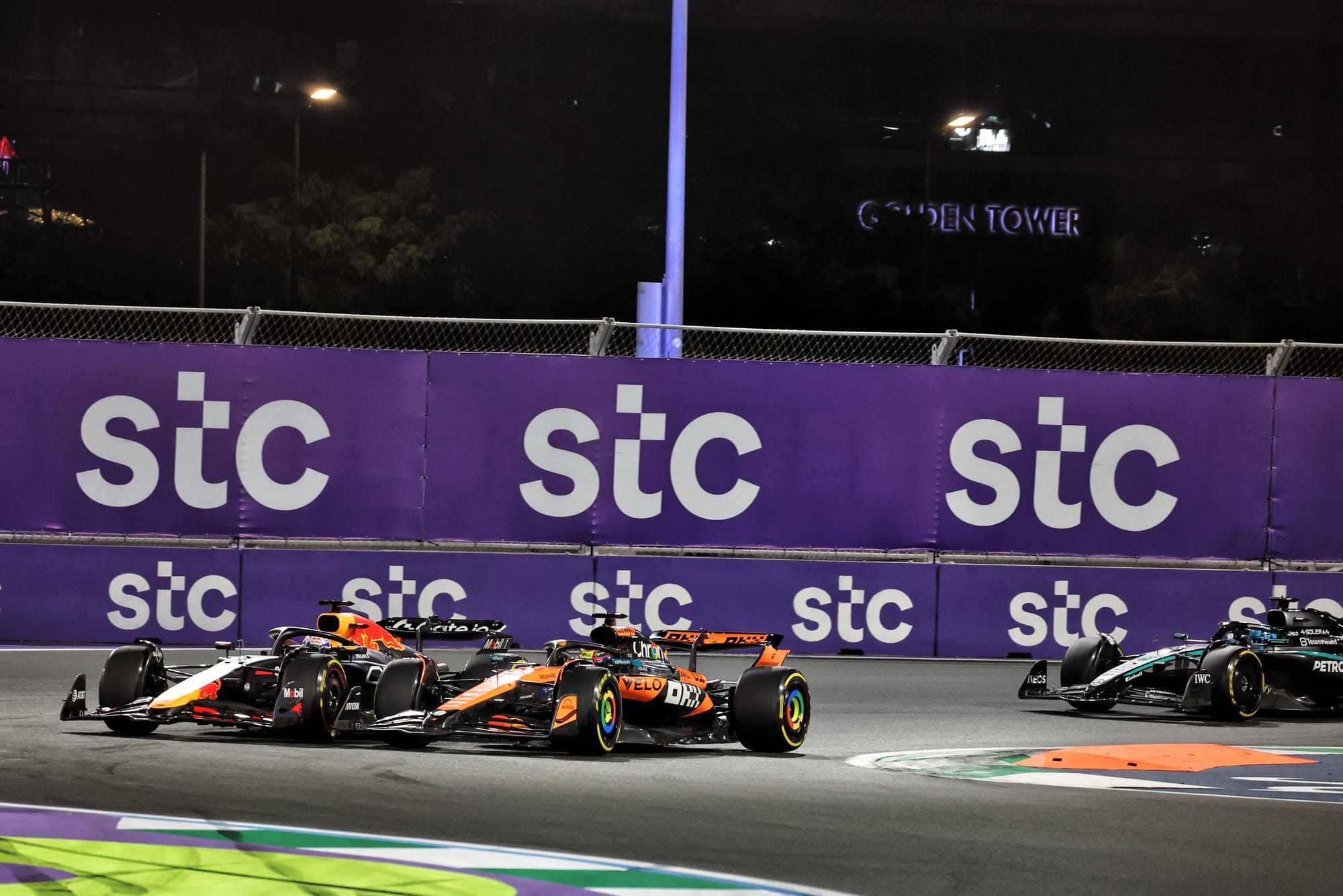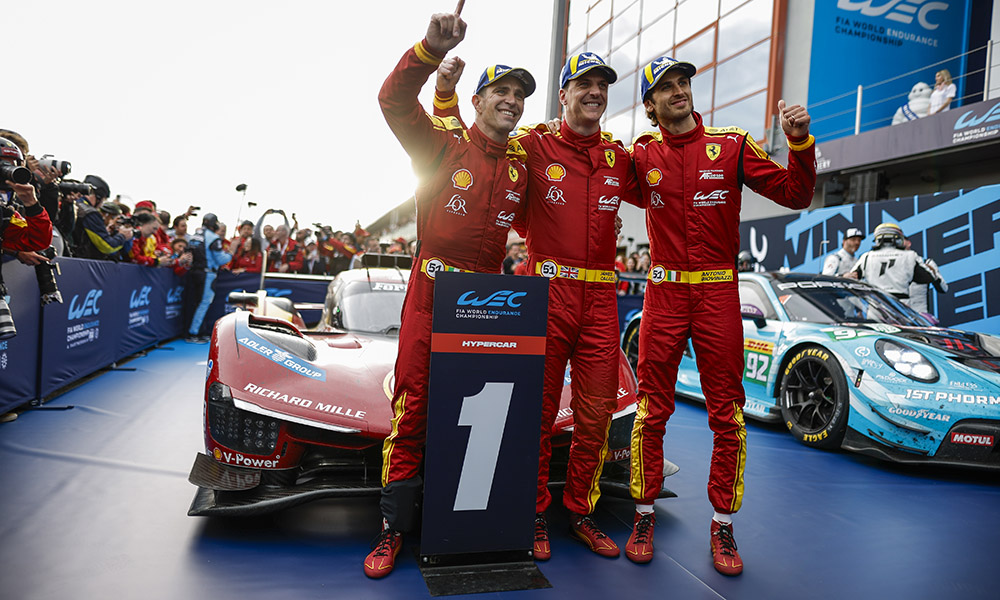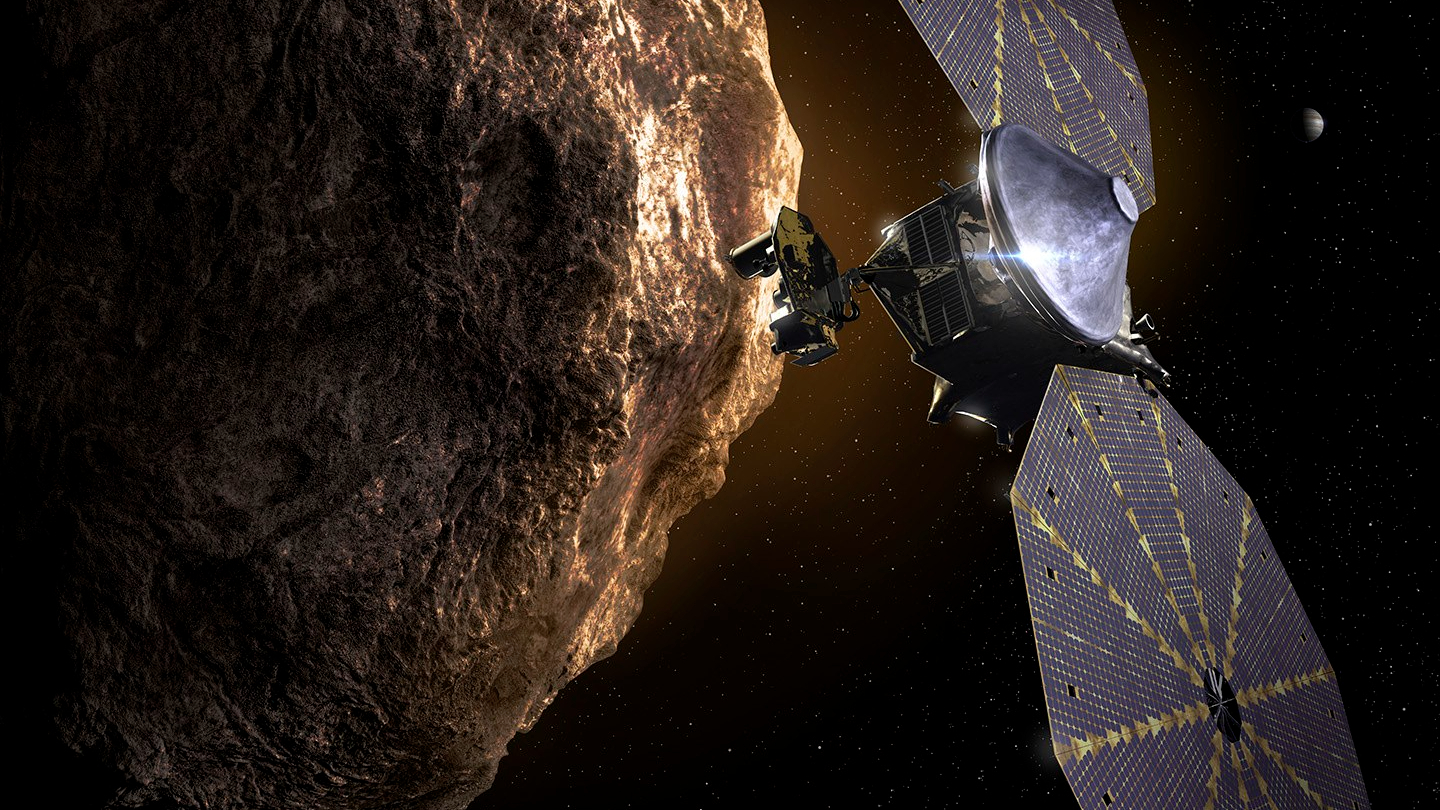2025 Tesla Model 3 Performance Review: Quick As Heck but Not a Driver’s Car
A good sports sedan needs more than blistering straight-line speed. Unfortunately, the Model 3 Performance is mostly a one-trick pony. The post 2025 Tesla Model 3 Performance Review: Quick As Heck but Not a Driver’s Car appeared first on The Drive.
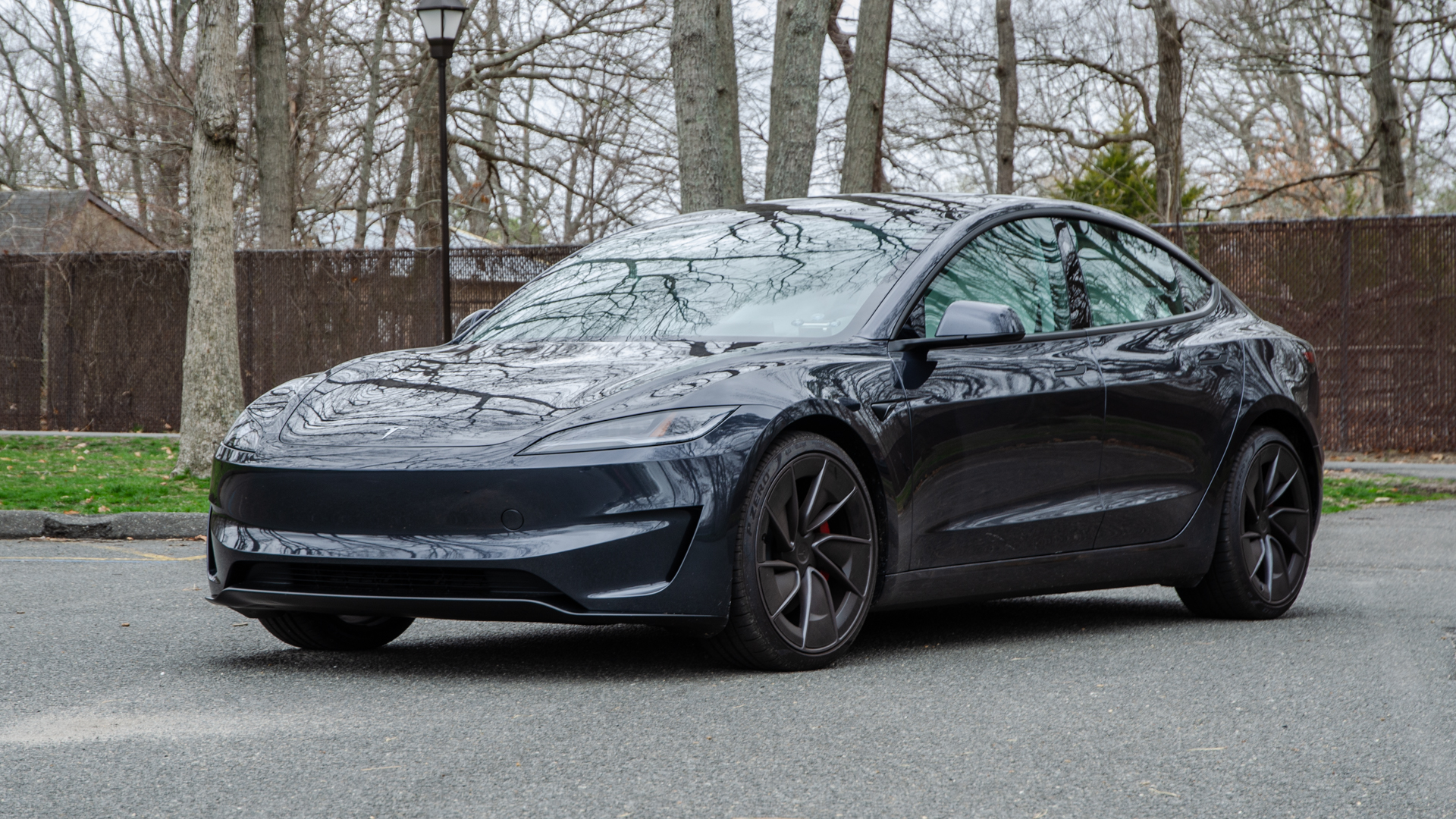
OK, let’s try this one more time. Last summer, I drove a Tesla for the first time. It was a standard Model 3 dual-motor, but the then-newly refreshed “Highland” version. I’d built up what Teslas are supposed to feel like in my mind, based on what I’d heard from journalists I respect, but it ended up falling far short of my expectations. But I felt like there were good bones there, a base on which to build something special. So, I was cautiously optimistic to spend some time in a 2025 Tesla Model 3 Performance.
On paper, the Model 3 Performance has the specs to hang with the best sports sedans in the segment. So, even though I didn’t love the standard Model 3, I was hoping the Performance would elevate itself over previous complaints, such as its lackluster interior and artificial driving dynamics, with mind-bending speed and razor-sharp handling. It certainly has one of those things, but I’m not sure that’s enough to let it hang with the best.
For whatever reason, Tesla doesn’t really do press cars. Special thanks to the fine folks at Turo, though, who comped us a three-day rental. If you want to check out this Model 3 Performance in New Jersey, you can find it here.

The Basics
The Model 3 Performance is Tesla’s answer to cars like the BMW M3, Mercedes-AMG C63, and Cadillac CT4-V Blackwing. It’s the small electric sports sedan designed to take down internal combustion icons. And in some ways, it does. But so many aspects of it left me scratching my head, wondering how the people at Tesla could ever think this could pass for a proper performance car.
One of my biggest complaints about the Model 3 Performance is its looks. Not that I think it’s ugly; it’s not. It’s just so ordinary-looking. Perhaps that’s the point—everybody loves a good sleeper car on some level—but this doesn’t look all that different from a regular Model 3, a car that can be found absolutely everywhere but isn’t so accessible to make its performance feel like a pleasant surprise. A Corolla smoking a Mustang is hilarious; do it in a Model 3 and you’re just a dick. For a car with the word “Performance” in its name, it feels a bit underwhelming.



Granted, there are visual differences. The lower front and rear fascias look slightly sportier, there’s a Pep Boys-style lip spoiler on the trunk lid, the 20-inch forged wheels are bigger than standard, the whole thing sits about half an inch lower, and there’s a Plaid badge on the back. Overall, though, it flies under the radar but not in a good way. It’s just plain.
Tesla made itself famous for minimalist interiors, but it takes that too far here. If you didn’t know it was a Performance, you may assume you were in the base model. All of the trim and materials are as budget as ever, the dashboard is the same as the regular 3’s aside from the unbearably fake-looking “carbon fiber” trim, and there isn’t a single signifying badge to indicate you’re in something special.

However, there is one aspect of the interior that’s good, and it might be the best part of the entire car—the seats. They’re excellent. They remind me a lot of Cadillac’s Blackwing seats, both in look and feel, and that’s arguably one of the nicest things you can say about a car’s chairs.
Driving the Tesla Model 3 Performance
There are no two ways about it: the Model 3 Performance is the best straight-line performance value in the segment. Its dual-motor powertrain makes 510 horsepower and 554 lb-ft of torque, helping it rocket to 60 mph in a claimed 2.9 seconds. That makes it half a second quicker than the all-wheel-drive BMW M3 Competition despite the Tesla being down 13 hp and $30,000 cheaper. And, from behind the wheel, it feels even quicker than its numbers suggest.
Find the courage to stomp the go pedal, and your head will smash into those impeccably sculpted headrests. I understand why full-throttle Tesla launches became so popular on social media. It’s hilarious. But, to Tesla’s credit, the throttle isn’t too touchy. You can easily roll onto power without accelerating too aggressively—it’s impressively well-judged.

What isn’t as impressive is how it handles. The ride is actually pretty good, with standard adaptive dampers that round out most bumps nicely. Bigger ones can be harsh, but for the most part, the Model 3 Performance rides well enough. Where it falls down is steering feel and chassis communication. It goes where you point it and feels sharp, with a hyper-quick steering ratio and a planted body through corners. But the steering has among the least feel and the most artificially fast self-centering I’ve ever experienced. It feels painfully fake and sucks all joy from the experience.
And while it corners objectively capably, its chassis doesn’t talk to your ass at all. So it never begs, or even politely asks, to be driven harder—the Model 3 Performance is a car you drive fast not because it is fun but because your favorite $TSLA influencer on YouTube says it is The Thing To Do. There’s no fluidity to the way it moves, it just feels very wooden. I never wanted to push it hard, even though I knew it probably could take it. It’s a straight-line, one-trick performance pony—a muscle car shaped like a Cadbury Egg with steering that feels like it was designed by Logitech.

So what happens when you use all of that power and instantaneous speed, and the car in front of you hits its brakes? Regenerative braking will only get you so far in any EV, but when it comes time to actually apply the physical brakes, the go-fast Model 3 is a bit of a letdown. Its pedal is firm at the top but seems to give up after an inch or two of travel and gets spongy. The brakes aren’t all that effective either, requiring a heavier foot than I’d like when hauling a two-ton sport sedan back down after mind-boggling acceleration. Fast cars need good brakes; it’s a requirement, not a bonus. And the Model 3 Performance doesn’t have ‘em.
This particular car also did not appear to be equipped with Autopilot with Full Self Driving (don’t even get me started on that name), but the tech worked well when I tested it last time.
The Highs and Lows
There are some genuinely good sports car bones here. The seats are great—some of the best in the segment—the throttle calibration is great, and I really like the view out over the hood, since the nose slopes so low. It’s like looking out the front of a supercar.
Unfortunately, there are valleys that come with those peaks. That great view out only applies when you’re looking straight on, as the A-pillars are so bulky that they can easily block your view of an entire car pulling out into the road in front of you and obscuring your view through corners. Last I checked, corners are what sports sedans are made for.
And while the throttle calibration is good when accelerating, Tesla needs to bring creep mode back. I don’t want to jab the throttle on a 510-hp car to back out of my driveway. It’s annoying. You know what else I don’t want to do? Turn my head to find a quarter-sized speed readout on a dash-mounted tablet while I’m driving quickly. It’s fine in the normal Model 3, but the Performance desperately needs a gauge screen in front of the driver. Or at least a head-up display. I thought Tesla was all about the tech.
Tesla Model 3 Performance Features, Options, and Competition
If you like to mix and match options, Tesla isn’t the brand for you. When you spec a Model 3 Performance, you get to choose your color, but of the six colors, Ultra Red and Deep Blue Metallic are the only non-grayscale choices. You get a choice of either black or white interior, and you can option Full Self Driving. That’s it. You don’t even get a choice of wheels.
Admittedly, it comes decently equipped from the jump. The blind spot cameras that pop up in the main screen when you press one of its idiotic turn signal steering wheel buttons are cool, even if they’re just a worse version of Hyundai’s tech. And it comes with adaptive dampers and 20-inch wheels standard. But there isn’t even an option for an upgraded audio system, and the stock system is horrid. It sounds like you recorded your music and are playing it back with a Talkboy. For example, the standard audio system in my 16-year-old 3 Series blows its doors off.


There aren’t many features the Model 3 lacks when compared to its sport sedan rivals, especially considering how much cheaper it is. An AWD M3 will set you back $87,175 before ticking a single box. An Alfa Romeo Giulia Quadrifoglio costs $82,665 to start. The Cadillac CT4-V Blackwing is cheaper than those two, but still $59,715. The Model 3 Performance? $54,990. In terms of speed per dollar, the Tesla has them beat. Drive the others, though, and you’ll quickly realize what the extra cost does for handling, build quality, luxury, and cabin tech.
Range, Charging, and Efficiency
As it has been for years, Tesla’s biggest selling point is its Supercharger network. The ability to easily find a charging station, plug in, and walk away fuss-free is a better experience than any other charging experience. However, when using a 150 kW Supercharger, my tester maxed out at 57 kW, which was frustrating when I was scrambling to charge it back to the state of charge I picked it up at. It’s usually a great system, though.

Despite many, many full-throttle acceleration tests, the Model 3 Performance was surprisingly efficient, too. I was averaging just over 3 miles per kWh, even with my hooliganism. But efficiency isn’t why you buy a sports sedan, so I wasn’t overly concerned. It’s a nice bonus, but I wouldn’t have knocked the car if its efficiency dropped off significantly from the standard car. Officially, the EPA estimates 298 miles of range.
Value and Verdict
The 2025 Tesla Model 3 Performance is good in a vacuum. But it doesn’t exist in a vacuum. It has to share its segment with M3s, Blackwings, and Alfa Quads. I’ve driven almost every car in that segment, and the Tesla just can’t match them, even when you consider its lower price. I don’t care how much faster Randy Pobst lapped a Model 3 Performance at Willow; the Tesla’s key(card) would be my dead last choice out of every car in the segment when choosing one for a twisty backroad.




Even adjusting for price, the gas options are the better-baked canyon carvers. The $60K Audi S5 and BMW M340i both handled nicer than this, while the Lexus IS 500’s V8 is in a whole other league when it comes to drivetrain-related emotion. Even if your next performance car must be a practical-ish EV, the BMW i4 M50 is more appealing than the Tesla when it comes to backroad dynamic chops, while the Hyundai Ioniq 5 N deserves to be cross-shopped for its ICE-mimicking schtick alone.
On paper, the Model 3’s drag racing prowess for the money is hard to top, and so is that Supercharger network. But in the flesh, it doesn’t steer, ride, handle, or feel fun enough to stand out as a driver’s car. Instead, it just feels like a regular Model 3 with the party trick of blistering straight-line speed. It’s the sports sedan for people who don’t actually like cars but want to have a bit of extra fun with just the flex of their right foot. If that’s all you want, the Model 3 Performance is probably the right car for you. But if you actually like driving, take your money elsewhere.

| 2025 Tesla Model 3 Performance Specs | |
|---|---|
| Base Price | $54,990 |
| Powertrain | dual-motor all-wheel drive | 82-kWh battery |
| Horsepower | 510 |
| Torque | 554 lb-ft |
| Seating Capacity | 5 |
| Curb Weight | 4,080 pounds |
| Cargo Volume | 21 cubic feet | 3.1 cubic feet in frunk |
| 0-60 mph | 2.9 seconds |
| Top Speed | 163 mph |
| EPA Range | 298 miles |
| Score | 7/10 |

Quick Take
A shockingly fast sedan that’s capable enough but lacks the fun and excitement of a proper sports sedan.
Got tips? Send ’em to tips@thedrive.com
The post 2025 Tesla Model 3 Performance Review: Quick As Heck but Not a Driver’s Car appeared first on The Drive.















